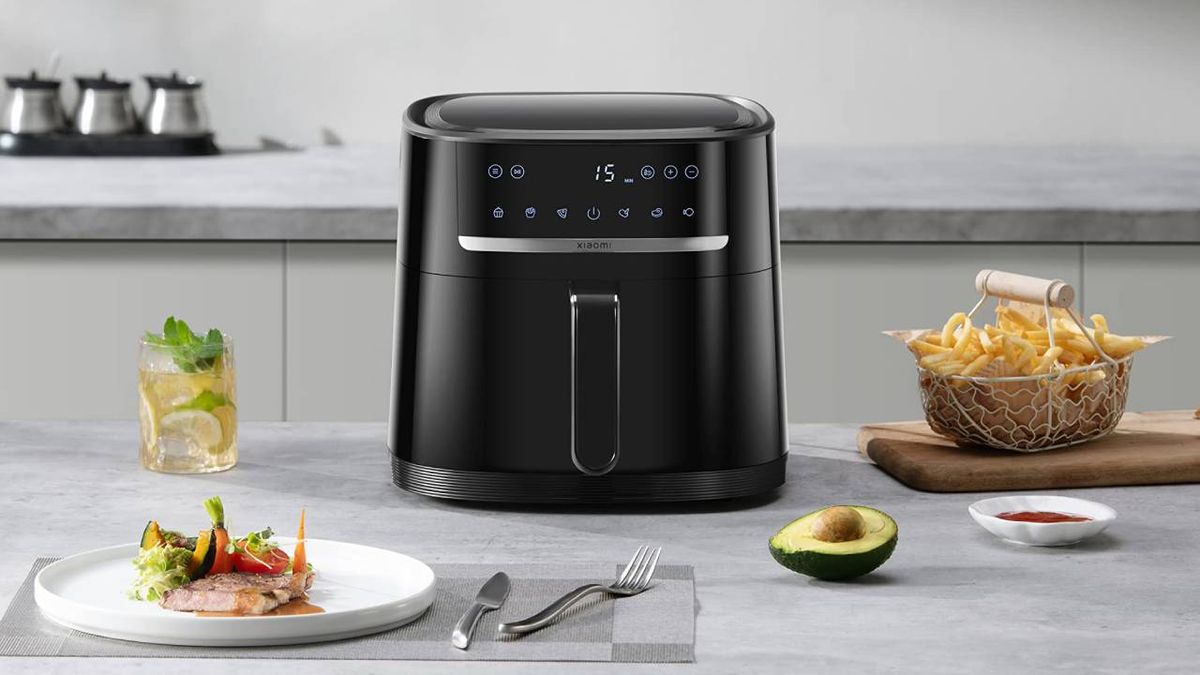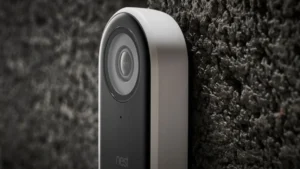In an era of smart technology, our homes are filled with gadgets designed to make our lives easier and more convenient. From air fryers to coffee machines, these devices promise to streamline our daily routines and enhance our comfort. However, what many consumers don’t realize is that some of these seemingly harmless household appliances may be quietly gathering data and, in some cases, invading our privacy.
While smart gadgets like voice assistants and security cameras have been the subject of privacy concerns for years, many lesser-known devices are now starting to collect personal information too. In this article, we explore how gadgets from your kitchen to your living room are spying on us, the types of data they collect, and what consumers can do to protect their privacy.
1. How Smart Household Gadgets Are Collecting Data
Many modern household gadgets are connected to the internet, which allows them to function more efficiently and be controlled remotely via smartphone apps. However, this connectivity also opens the door for these devices to collect valuable personal data.
1.1. Air Fryers and Smart Kitchen Appliances
Air fryers, along with other smart kitchen gadgets like refrigerators, ovens, and slow cookers, have become incredibly popular in recent years. While these devices allow users to cook more efficiently and customize their cooking experiences, they may also be gathering data in the process.
For example, some smart air fryers can track cooking preferences and adjust settings for future use, learning from user habits. But many of these devices are connected to cloud services that collect data on cooking times, temperature settings, and even the types of foods being prepared. If not properly secured, this data could be used for targeted advertising, market research, or even sold to third-party companies.
Additionally, air fryers with smart capabilities often require users to download and use companion apps, which might request permission to access your location data, contacts, or even other personal information. If the app is poorly secured or has overly broad permissions, your data could be vulnerable.
1.2. Coffee Machines and Smart Appliances
Many modern coffee machines have become part of the smart home ecosystem, allowing users to set schedules, adjust brewing strengths, and even reorder coffee beans via smartphone apps. However, these appliances may also be collecting information such as your coffee preferences, brewing times, and usage habits.
A coffee machine connected to the internet could share this data with manufacturers or third-party services, which may then use it for things like personalized product recommendations or targeted marketing. In some cases, the device may even track the time of day when you brew your coffee or how often you use it, offering insights into your daily routine.
2. What Data Do These Gadgets Collect?
While not all household gadgets are designed to collect personal information, many smart devices gather a variety of data points, ranging from basic usage statistics to more sensitive details about your behavior.
2.1. Usage Patterns and Habits
Most connected gadgets track when and how often they’re used. For example, a smart thermostat might track your daily schedule to optimize your home’s temperature, or a coffee machine may track the amount of coffee you drink and adjust settings accordingly. This data is often used to improve the product’s performance or to create personalized experiences for the user.
However, this seemingly innocuous information could reveal a lot about your lifestyle, such as your work hours, when you’re at home, and your general habits.
2.2. Personal Preferences
Many smart gadgets collect data on personal preferences, including things like your food choices, music selections, or even the settings you prefer for different activities. For instance, a smart refrigerator might track your shopping habits and suggest recipes based on what’s in your fridge. Similarly, a smart air fryer might remember how you like your food cooked and automatically adjust to your preferred settings.
While this can improve the user experience, it can also lead to data profiling by manufacturers or advertisers, who may use your preferences to create detailed profiles of you and your habits.
2.3. Voice and Audio Data
Devices that feature voice recognition, like smart speakers or even certain kitchen appliances, are always listening for commands. While these gadgets are designed to respond to voice commands and make daily tasks easier, they also have the potential to record audio data.
Some devices store this audio data on servers to improve voice recognition features or help troubleshoot issues. However, unintentional recordings can occur, and companies may use this data for purposes beyond what was originally intended, such as analyzing conversations or even using it for advertising purposes.
2.4. Location Data
Some smart appliances are equipped with location-tracking capabilities. This is often the case with smart home devices like security cameras, thermostats, and even some kitchen gadgets. Location data can help these devices optimize their performance (for example, adjusting the temperature based on your arrival time) but can also be used to track your whereabouts for marketing purposes.
3. Why Are These Gadgets Collecting Data?
While data collection may seem intrusive, it’s often done with the intent of improving product functionality and providing users with a more personalized experience. Manufacturers and service providers gather data to:
- Optimize product performance: Devices use data to adjust their features and settings for better efficiency and customization.
- Provide personalized experiences: Companies can recommend products, recipes, or services based on your usage patterns and preferences.
- Improve customer service: By analyzing data, companies can identify issues with their products and provide better support.
- Monetize user data: In some cases, companies sell or share data with third-party services for targeted advertising or other marketing purposes.
4. What Can You Do to Protect Your Privacy?
As the number of connected devices in our homes continues to grow, it’s crucial for consumers to be proactive about their privacy and security. Here are some tips for protecting your personal information:
4.1. Review Device Permissions
Before setting up a smart appliance, take a close look at the permissions it requests. If an app or device asks for more data than necessary (such as access to your contacts or location), consider denying those requests.
4.2. Secure Your Wi-Fi Network
Many smart devices rely on a stable Wi-Fi connection, which means your network needs to be secure. Use a strong, unique password for your Wi-Fi and enable encryption (WPA3, if available). Consider setting up a guest network for IoT devices, isolating them from more sensitive devices like computers or smartphones.
4.3. Update Firmware Regularly
Manufacturers often release software updates to fix security vulnerabilities and improve performance. Ensure that your devices are regularly updated to protect against potential exploits.
4.4. Disable Unnecessary Features
If your devices have features you don’t use (like voice recognition or location tracking), consider disabling them to reduce the amount of data being collected.
4.5. Read Privacy Policies
While not always the most exciting read, privacy policies often contain important information about how your data is used, stored, and shared. Understanding these policies can help you make informed decisions about which devices to bring into your home.
5. Conclusion: The Tradeoff Between Convenience and Privacy
The rise of smart gadgets in our homes has undoubtedly made life more convenient, but it has also raised significant concerns about privacy and data security. From air fryers and coffee machines to smart thermostats and voice assistants, these devices are constantly collecting information that can be used to improve performance—or, in some cases, to invade your privacy.
As consumers, it’s important to strike a balance between embracing the convenience of smart technology and safeguarding our personal data. By staying informed about what data our devices are collecting and taking proactive steps to protect our privacy, we can enjoy the benefits of smart homes without compromising our security.














